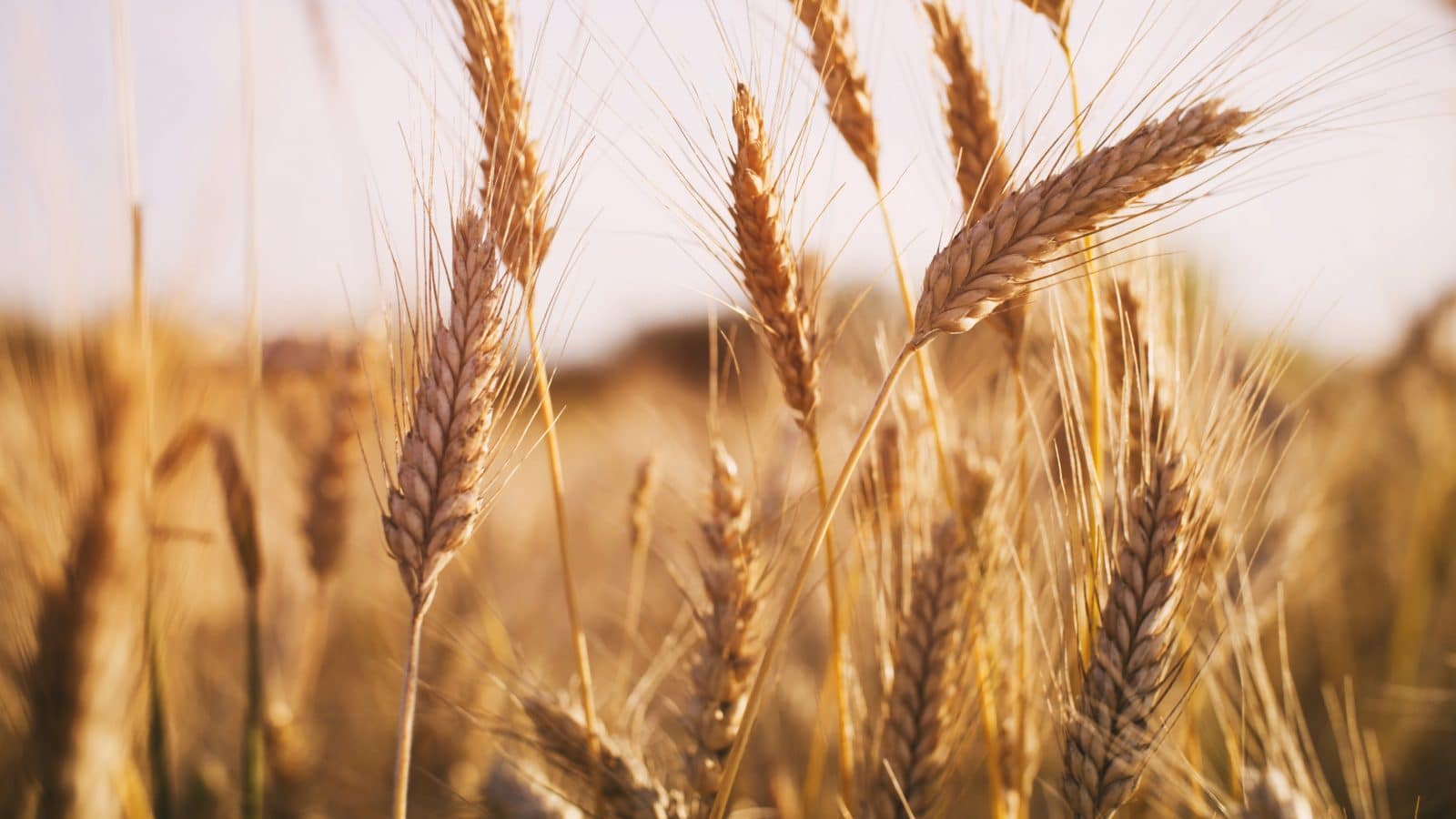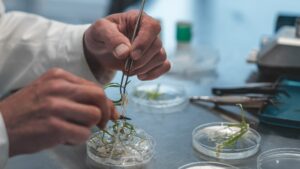International experts reveal global wheat yields are half of what they could be due to untapped genetic potential.
U.S. wheat production is projected to be 1.737 bushels, rising 8 million bushels from May projections and 6% more than the previous year. Despite the increase in wheat production in June, the U.S. wheat production is predicted to come in as the second lowest in 20 years.
The U.S. is not the only country suffering from lower wheat yields. The world consumption of wheat is expected to raise 3.8 million tons to 791.1 million, according to the USDA’s most recent World Agricultural Supply and Demand Estimates (WASDE) report. Unfortunately, global trade for 2022 is predicted to be lower due to issues in the Ukraine.
A team of international experts, spearheaded by UK’s Rothamsted Research, believe the ‘genetic yield gap’ could be fixed by creating wheat varieties customized for each region through “utilizing the vast genetic variation available in global and historical wheat gene banks with modern techniques such as speed breeding and gene editing,” shared a news release from Rothamsted Research.
A crop’s ‘genetic yield potential’ is defined as the greatest yield achievable with an idealized variety, according to Mikhail Semenov and Nimai Senapati, leaders on the study.
“Current wheat cultivars are, on average, only at the half-way point with respect to the yields they could produce given the mismatches between their genetics and local wheat growing conditions,” said Semenov. “Global wheat production could be doubled by the genetic improvement of local wheat cultivars – without increasing global wheat area.”
Researchers used existing data on the role of various genes in specific plant traits including size, shape, metabolism and growth. The team conducted millions of computer simulations to create the ‘perfect’ wheat plants customized to their local environments.
When analyzed next to locally adapted cultivars, researchers discovered current wheat varieties underperformed for grain yield every time.
The team studied 53 wheat growing regions in 33 countries using Sirius, an advanced wheat model. Researchers first determined potential yields from 28 common wheat varieties grown at the sites. They then created ‘idealized’ local varieties within the model that enhanced plant traits that contribute to yields and have underlying genetics that allow them to be refined by plant breeders.
Results displayed by optimizing key traits, “genetic yield gaps could be anywhere from 30-70% across different countries, with a global average genetic yield gap of 51%,” explained the release. Global wheat production has the potential to be doubled by taking advantage of the existing genetic yield gap.
Senapati believes closing the genetic yield gap is necessary to feed the growing world population without converting wild habitats to farmland.
“Not unsurprisingly, the countries with the lowest current yields could gain the most from closing their genetic yield gaps,” he added. “That said, even improvements in those countries with a medium genetic yield gap of 40 to 50%, but with a large proportion of global wheat harvest area — such as the leading producers India, Russia, China, USA, Canada, and Pakistan — would have a substantial effect on global wheat production due to the larger wheat cultivation areas involved.”
The size of the genetic yield gaps for country and global scales were unknown prior to this study.
“Our analysis suggests that such genetic yield gaps due to sub-optimal genetic adaptation could, in relative terms, be as large as the traditional yield gap due to imperfect crop and soil management,” said Semenov. “Wheat was first domesticated about 11,000 years ago, but despite this — and not to mention the sequencing of its entire genome in 2018 — the crop is still some way from being at its ‘genetic best.'”
Wheat experts from Australia, Denmark, France, Germany, the Netherlands and Mexico also took part in the study.
Read More About Wheat Advancements and Production:
Grow High Yield and Drought Hardy Winter Wheat
Diagram Connects Wheat Traits with Yield Potential
Global Wheat Production Predicted Lower
New Montana State Wheat and Barley Plant Varieties Officially Named












